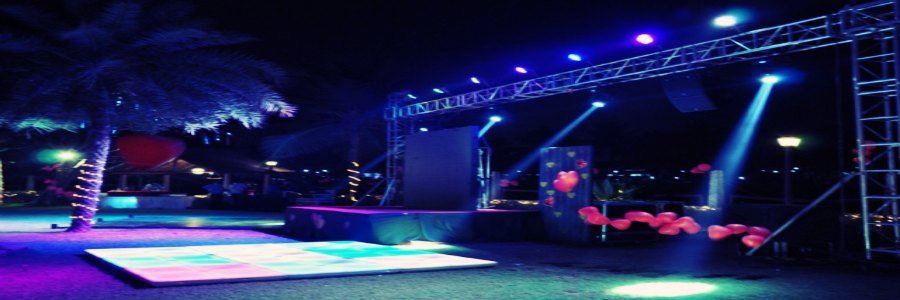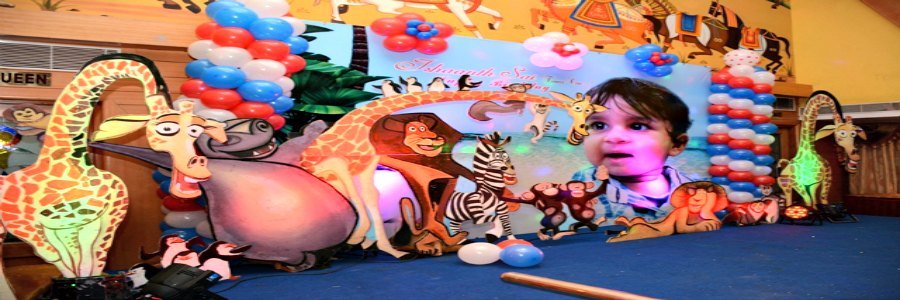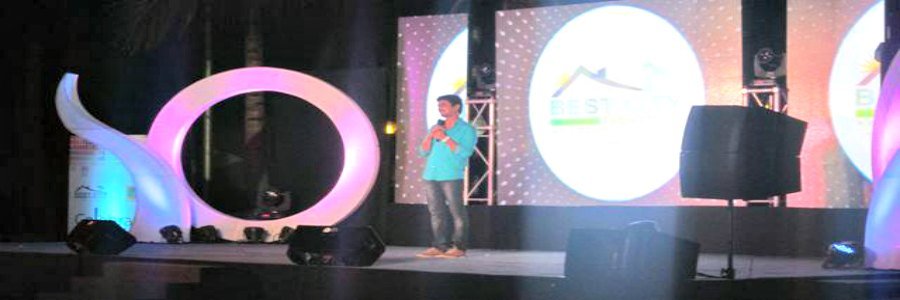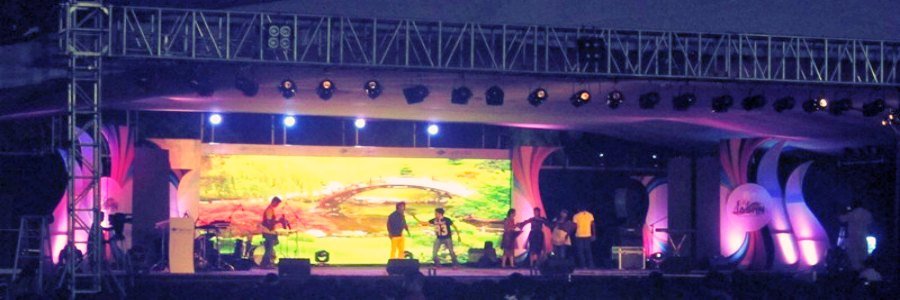- Home
-
Adventure
- Karnataka
- Goa
- Rajasthan
- Madhya Pradesh
- Jammu and Kashmir
- Sikkim
- Other States
- Himachal Pradesh
- Uttarakhand
- Tours
- Events
- Parks
- News
- About
- Others
- Contact Us
Event
Any pre-planned organized activity designed and promoted to attract a gathering of people: consumers, participants, family or friends. It does not therefore include any informal leisure activity that would normally take place in a park such as a casual sporting event, group picnic or flying model planes. However, such activities would become chargeable events if they require additional infrastructure, facilities or equipment to be supplied for any individual company Such as Gautam and Gautam Group.
Want to Print this? CLICK HERE to download
Below is a list of events, which we have conducted for many corporate companies and families in Chennai and Bangalore
- Annual meet
- Birthday Party Organizers
- Band Shows
- Celebrity / Artiste Management
- Conference / Seminar Organizers
- Corporate Event Organizers
- Carnival Games
- Cycling Events
- College Star Nights
- Creative Classes
- Dance Shows
- Exhibitions & Trade Fairs
- Fashion Shows
- Festivals
- Fire workshops
- Game Shows
- Guitar Performances
- Magic Shows
- Music Concerts
- Party & Wedding Organizers
- Party Organizers
- Product Launches
- Promotional Activities
- Photo Shoots
- Roadshows
- Stage Shows
- School Activities
- Sports Tournaments
- Workshops
Dance in India -- Incredible India
Dance is a type of art that generally involves movement of the body, often rhythmic and to music. It is performed in many cultures as a form of emotional expression, social interaction, or exercise, in a spiritual or performance setting, and is sometimes used to express ideas or tell a story. Dance may also be regarded as a form of nonverbal communication between humans or other animals, as in bee dances and behavior patterns.Definitions of what constitutes dance can depend on social and cultural norms and aesthetic, artistic and moral sensibilities. Definitions may range from functional movement (such as folk dance) to virtuoso techniques such as ballet. Martial arts kata are often compared to dances, and sports such as gymnastics, figure skating and synchronized swimming are generally thought to incorporate dance.There are many styles and genres of dance. African dance is interpretative. Ballet, ballroom and tango are classical dance styles.Square dance and electric slide are forms of step dance, and break dancing is a type of street dance. Dance can be participatory,social, or performed for an audience. It can also be ceremonial, competitive or erotic. Dance movements may be without significance in themselves, as in ballet or European folk dance, or have a gestural vocabulary or symbolic meaning as in some Asian dances.
Choreography is the art of creating dances. The person who creates (i.e., choreographs) a dance is known as the choreographer.
Indian Traditional and Bollywood Dance
During the first millennium BCE in India, many texts were composed which attempted to codify aspects of daily life. In the matter of dance, Bharata Muni's Natyashastra (literally"the text of dramaturgy") is one of the earlier texts. Though the main theme of Natyashastra deals with drama, dance is also widely featured, and indeed the two concepts have ever since been linked in Indian culture. The text elaborates various hand-gestures or mudras and classifies movements of the various limbs of the body, gait, and so on. The Natyashastra categorized dance into four groups and into four regional varieties, naming the groups: secular, ritual, abstract, and, interpretive. However, concepts of regional geography has altered and so have regional varieties of Indian dances. Dances like "Odra Magadhi", which after decades long debate, has been traced to present day Mithila,Odisha region's dance form of Odissi (Orissi), indicate influence of dances in cultural interactions between different regions.
From these beginnings rose the various classical styles which are recognised today. Therefore, all Indian classical dances are to varying degrees rooted in the Natyashastra and therefore share common features: for example, the mudras, some body positions, and the inclusion of dramatic or expressive acting or abhinaya. The Indian classical music tradition provides the accompaniment for the dance, and as percussion is such an integral part of the tradition, the dancers of nearly all the styles wear bells around their ankles to counterpoint and complement the percussion.
Bhangra in the Punjab
The Punjab area overlapping India and Pakistan is the place of origin of Bhangra. It is widely known both as a style of music and a dance. It is mostly related to ancient harvest celebrations, love, patriotism or social issues. Its music is coordinated by a musical instrument called the 'Dhol'. Bhangra is not just music but a dance, a celebration of the harvest where people beat the dhol (drum), sing Boliyaan (lyrics) and dance.It developed further with the Vaisakhi festival of the Sikhs.
Europe and North America
Ballet Dance / Belly Dance
Ballet developed first in Italy and then in France from lavish court spectacles that combined music, drama, poetry, song, costumes and dance. Members of the court nobility took part as performers. During the reign of Louis XIV, himself a dancer, dance became more codified. Professional dancers began to take the place of court amateurs, and ballet masters were licensed by the French government. The first ballet dance academy was the Académie Royale de Danse (Royal Dance Academy), opened in Paris in 1661. Shortly thereafter, the first institutionalized ballet troupe, associated with the Academy, was formed; this troupe began as an all-male ensemble but by 1681 opened to include women as well.
20th-century concert dance
At the beginning of the 20th century, there was an explosion of innovation in dance style characterized by an exploration of freer technique. Early pioneers of what became known as modern dance include Loie Fuller, Isadora Duncan, Mary Wigman and Ruth St. Denis. The relationship of music to dance serves as the basis for Eurhythmics, devised by Emile Jaques-Dalcroze, which was influential to the development of Modern dance and modern ballet through artists such as Marie Rambert. Eurythmy, developed by Rudolf Steiner andMarie Steiner-von Sivers, combines formal elements reminiscent of traditional dance with the new freer style, and introduced a complex new vocabulary to dance. In the 1920s, important founders of the new style such as Martha Graham and Doris Humphrey began their work. Since this time, a wide variety of dance styles have been developed .
African American dance
African American dances are those dances which have developed within African American communities in everyday spaces, rather than in dance studios, schools or companies and its derivatives, tap dance, disco, jazz dance, swing dance, hip hop dance and break dance. Other dances, such as the lindy hop with its relationship to rock and roll music and rock and roll dance have also had a global influence.
Dancing and Music
Many early forms of music and dance were created for each other and performed together. This paired development has continued over time, producing paired dance/music forms such as the jig, waltz, tango, disco, and salsa. Some musical genres have a parallel dance form such as baroque music and baroque dance; others, such as classical music and classical ballet, developed separately.
Although dance is often accompanied by music, it can also be performed without music, or it may provide its own audible accompaniment as in tap dance. When performed with music, dance may or may not be performed in time to the music (synchronous to the music's time signature).
Dance education
Dance education emerged as an academic discipline in the early 1920s, and by the late 20th century, recognition of the academic value of practical knowledge led to the acceptance of practice research in academic dance education programs.Today dance studies are offered through the arts and humanities programs of many higher education institutions, leading to Bachelor of Arts and higher academic degrees. A dance study curriculum may encompass a diverse range of courses and topics, including dance practice and performance, choreography,dance notation, and dance therapy.
Occupations
Dancer
Professional dancers are usually employed on contract or for particular performances or productions. The professional life of a dancer is generally one of constantly changing work situations, strong competitive pressure and low pay. Consequently, professional dancers often must supplement their incomes to achieve financial stability. In the U.S. many professional dancers belong to unions (such as the American Guild of Musical Artists, Screen Actors Guild and Actors' Equity Association) that establish working conditions and minimum salaries for their members.
Dance teacher
Dance teachers typically focus on teaching dance performance, or coaching competitive dancers, or both. They typically have performance experience in the types of dance they teach or coach. For example, dance sport teachers and coaches are often tournament dancers or former dance sport performers.
Dance teachers may be self-employed, or employed by dance schools or general education institutions with dance programs. Some work for university programs or other schools that are associated with professional classical dance (e.g., ballet) or modern dance companies. Others are employed by smaller, privately owned dance schools that offer dance training and performance coaching for various types of dance.
Choreographer
Choreographers are often university trained and are typically employed for particular projects or, more rarely may work on contract as the resident choreographer for a specific dance company.
Competitions
A dance competition is an organized event in which contestants perform dances before a judge or judges for awards, and in some cases, monetary prizes. There are several major types of dance competitions, distinguished primarily by the style or styles of dances performed. Major types of dance competitions include:
- Competitive dance, in which a variety of theater dance styles, such as acro, ballet, jazz, hip-hop, lyrical, and tap, are permitted.
- Open competitions, that permit a wide variety of dance styles. A popular example of this is the TV program So You Think You Can Dance.
- Dance sport, which is focused exclusively on ballroom and latin dance. Popular examples of this are TV programs Dancing with the Stars and Strictly Come Dancing.
- Single-style competitions, such as; highland dance, dance team, and Irish dance, that only permit a single dance style.
Today, there are various dances and dance show competitions on television and the Internet. Sometimes we also organize many competitions where you can be a part after registering yourself on our website. if you are looking for a quotation or a dance group to be performed in your function, don't forget to submit a query form to us. We will be in touch with you as soon as possible.
Note : If you are a professional dancer or dance teacher, share your dance videos with us and you will get business in return in your city. Don't forget to submit your Pictures and events in to which you have performed earlier. In case if you are a teacher or running a dance classes any where in India, let us know the name of dance class studio with a person to contact for further tie ups and recommendations.
Send us a mail at events@gautamandgautamgroup.org













